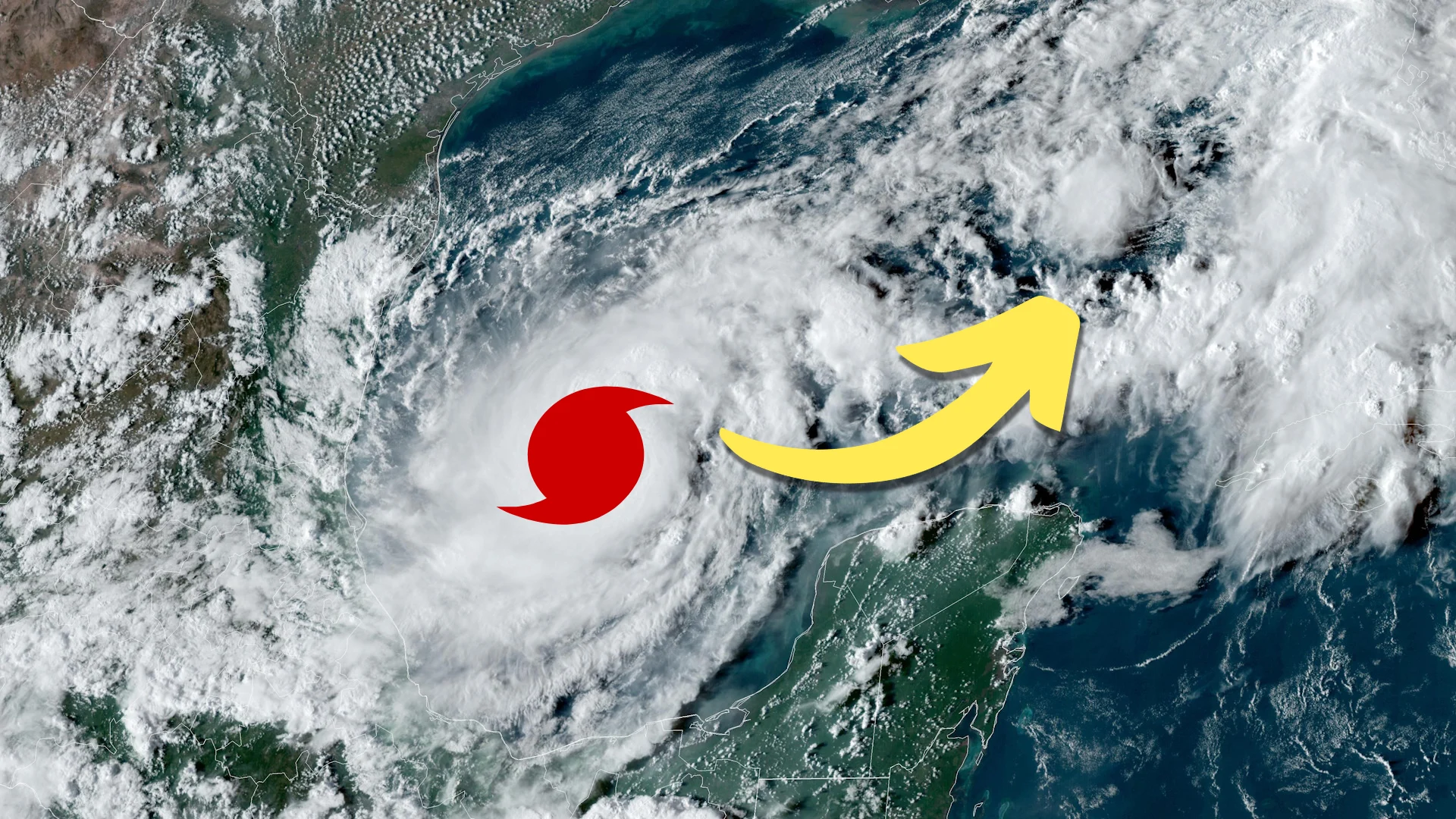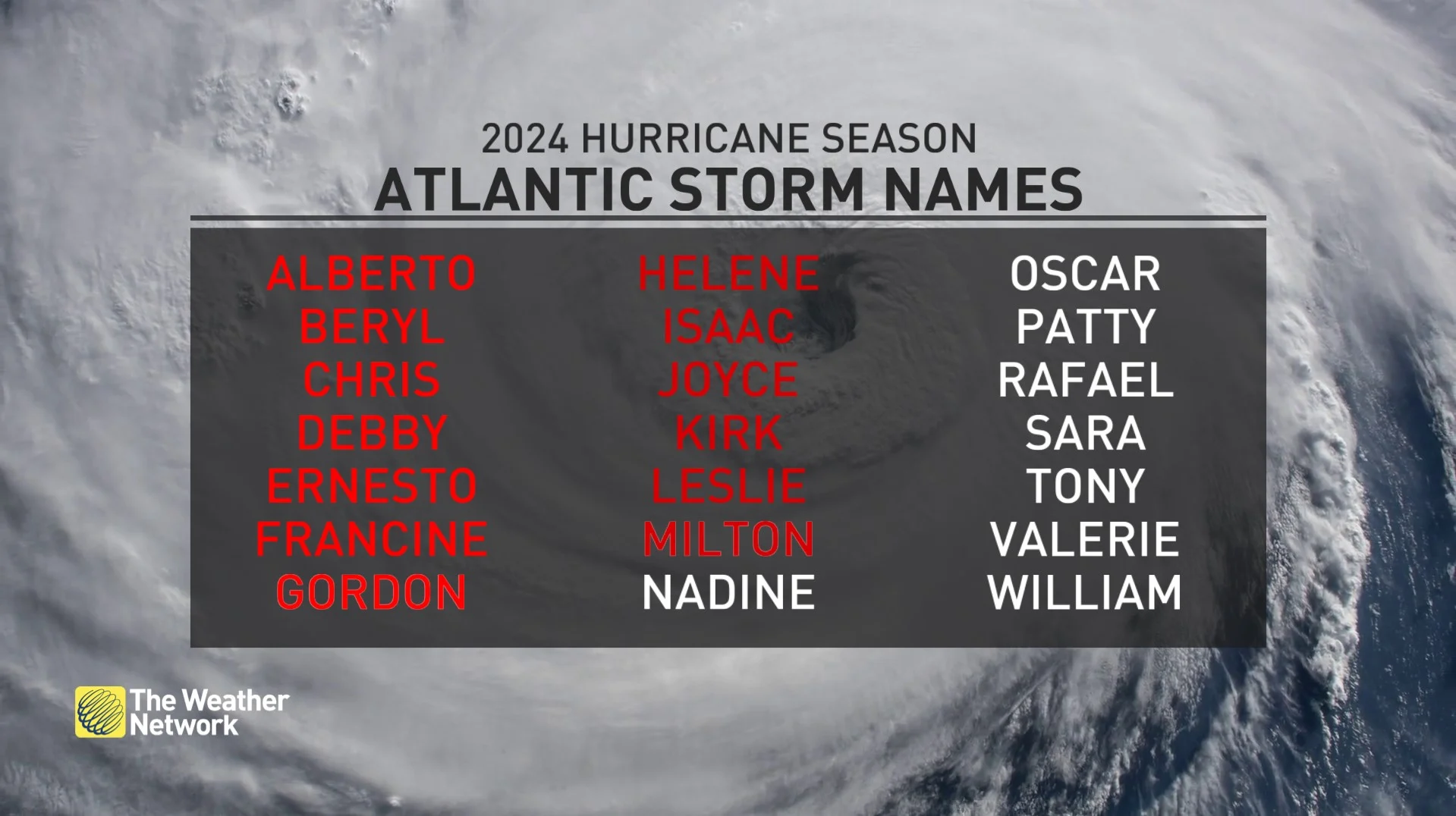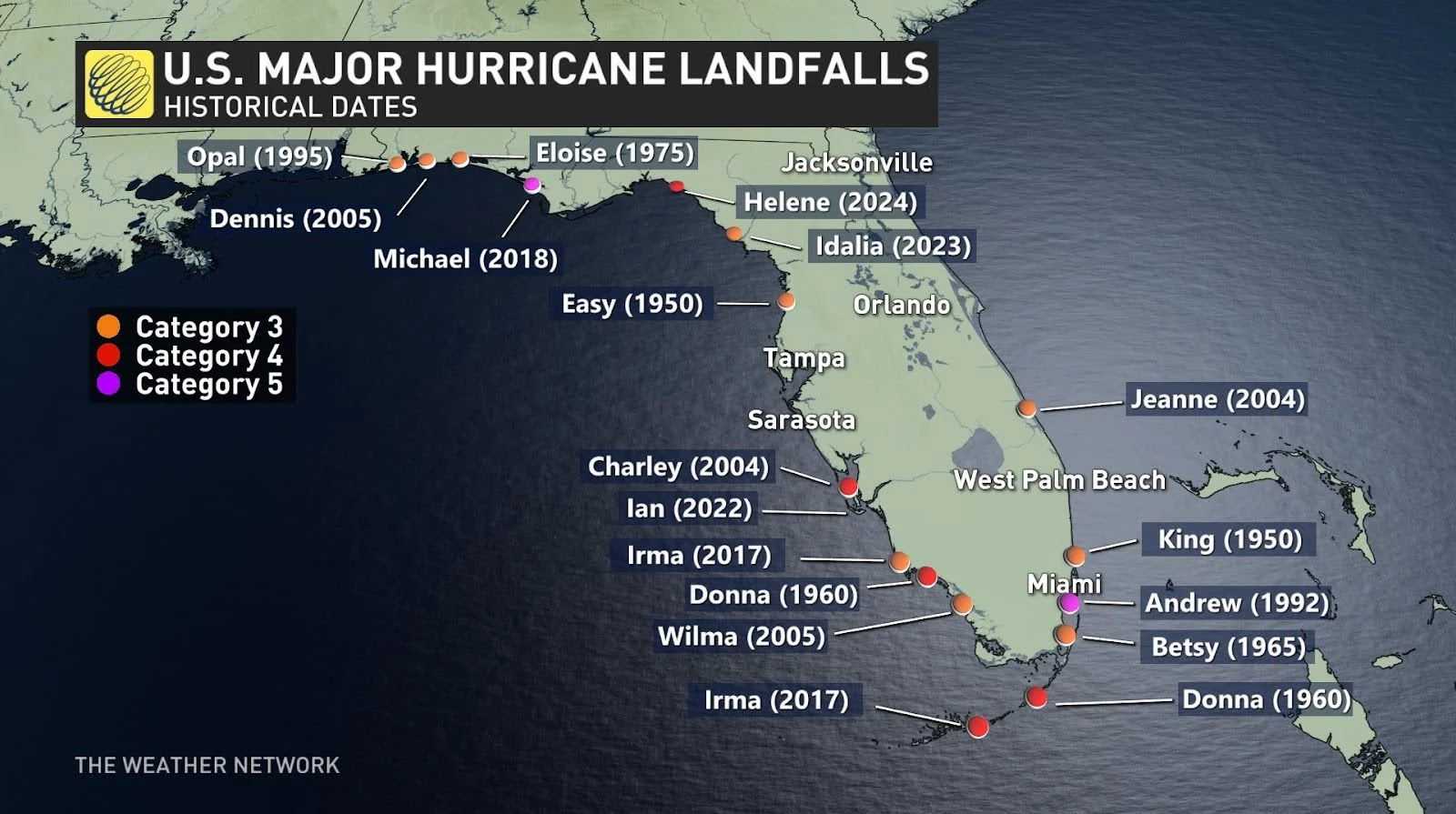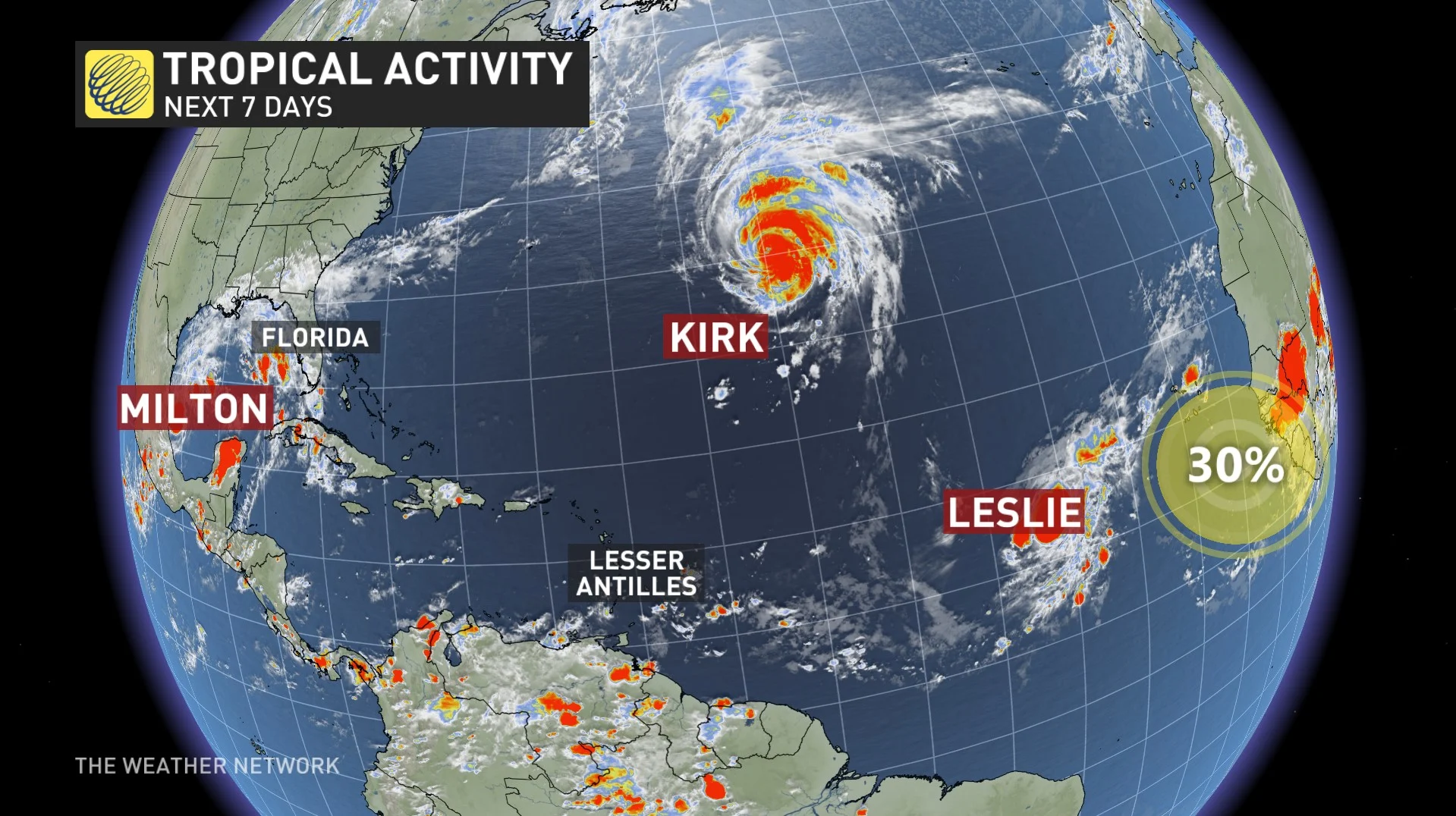
Hurricane Milton poses a major threat to Florida this week
Hurricane Milton could bring life-threatening impacts to Florida through this week
Milton rapidly intensified into a hurricane on Sunday as it gradually churns over the steamy waters of the Gulf of Mexico.
The storm will track east toward Florida’s west coast over the next couple of days, where it could make landfall at major hurricane strength during the day on Wednesday.
Widespread flash flooding will occur before and during the storm. Communities in Milton’s path can expect destructive winds, a life-threatening storm surge, and a risk for tornadoes as the storm hits the region.
Anyone in Florida this week should take this storm seriously and closely monitor the latest forecasts and alerts from local officials.
DON'T MISS: Nightmare scenario unfolding for Tampa with Milton's potential hurricane track
Milton becomes hurricane and is still rapidly intensifying
Milton developed on Saturday and quickly intensified into a hurricane during the day on Sunday.
Favourable environmental conditions along with very warm ocean waters will allow the system to continue intensifying as it heads east toward Florida. A landfall along Florida's west coast is likely during the day on Wednesday.
The storm is going to take an unusual path. Only a few storms in recorded history have ever moved from the southwestern Gulf east toward Florida. This track will maximize the amount of warm water Milton traverses before reaching land.
As a result, the U.S. National Hurricane Center (NHC) expects Milton to quickly grow into a major hurricane on Monday as it moves across the Gulf of Mexico.

“There is increasing confidence that a powerful hurricane with life-threatening hazards will be affecting portions of the Florida west coast around the middle of this week. Residents there should closely monitor this system and listen to local officials,” the NHC said on Sunday.
RELATED: Why Florida’s west coast is so vulnerable to storm surge flooding
The precise landfall location is still uncertain right now. Milton’s powerful core could move ashore anywhere from Fort Myers in the south to the hard-hit Big Bend region to the north. As of Saturday, it’s most likely that the storm will make landfall somewhere near Tampa Bay, Sarasota, or Cape Coral.
It’s worth noting that the storm’s strength and fast forward speed would bring strong winds well inland across Florida. Depending on the track, this could bring dangerous winds into the Orlando metro area and portions of Florida’s east coast.
A dangerous situation for Florida
Widespread flooding rains will begin well ahead of Milton’s arrival this week. Most of the Florida Peninsula is in line for several days of very heavy rainfall that’ll culminate in the hurricane’s arrival on Wednesday.
MUST SEE: Why focusing on a hurricane’s category is downright dangerous

A surge of tropical moisture will collide with a stationary front parked over Florida to begin the week. This front will help wring out the excess moisture in the atmosphere, leading to a long period of heavy rains before Milton’s landfall.
This slug of pre-storm rainfall is somewhat similar to what we saw ahead of Hurricane Helene late last month. Many communities throughout Florida could see 125-200+ mm of rain during this event. Some localized areas could even see up to 300 mm.
"This rainfall brings the risk of locally considerable flash, urban, and areal flooding, along with widespread minor to moderate river flooding with major flooding possible," NHC warned in its latest statement.
Powerful winds in the core of the hurricane will cause significant damage near the point of landfall. Damage to homes and businesses is likely, along with long-lasting power outages in the hardest-hit communities.

A life-threatening storm surge is likely where the hurricane makes landfall. Florida’s western coast is exceptionally vulnerable to storm surge flooding. Depending on the hurricane’s ultimate track, this could be a very dangerous situation for the Tampa Bay area.
As with any landfalling tropical system, tornadoes will also pose a threat to the Florida Peninsula as Milton makes landfall this week. Stay alert for tornado watches and warnings throughout the state. Tropical tornadoes can happen quickly with reduced tornado warning lead time.

It's also worth noting that this is a rare situation overall. A major hurricane hasn't directly hit the Tampa Bay area in living memory. The last major hurricane to strike the region occurred back in 1921.
Hurricane season rolls ahead
We’ve still got a long way to go before we’re through with this year’s hurricane season. Milton is this year’s 13th named storm—one shy of the seasonal average of 14 named storms.
Even though we’ve had a slower-than-expected hurricane season so far this year, it’s been a destructive year in terms of landfalls across the United States. If the forecasts pan out, Milton would be the fifth hurricane to make landfall along the U.S. Gulf Coast since early July.
DON’T MISS: Autumn can still produce intense hurricanes across the Atlantic

Milton’s threat comes at a sensitive time for the southeastern United States. Residents across northern Florida continue to pick up the pieces from Hurricane Helene’s landfall just over one week ago. Helene struck near Perry, Fla., on Sept. 27 as a Category 4 hurricane, with maximum, sustained winds of 225 km/h.
Thumbnail courtesy of NOAA.











